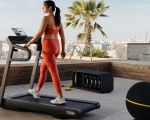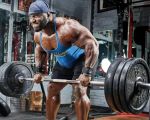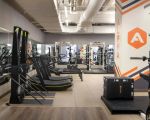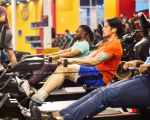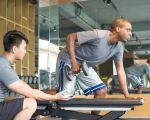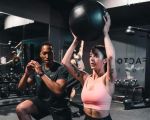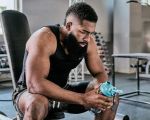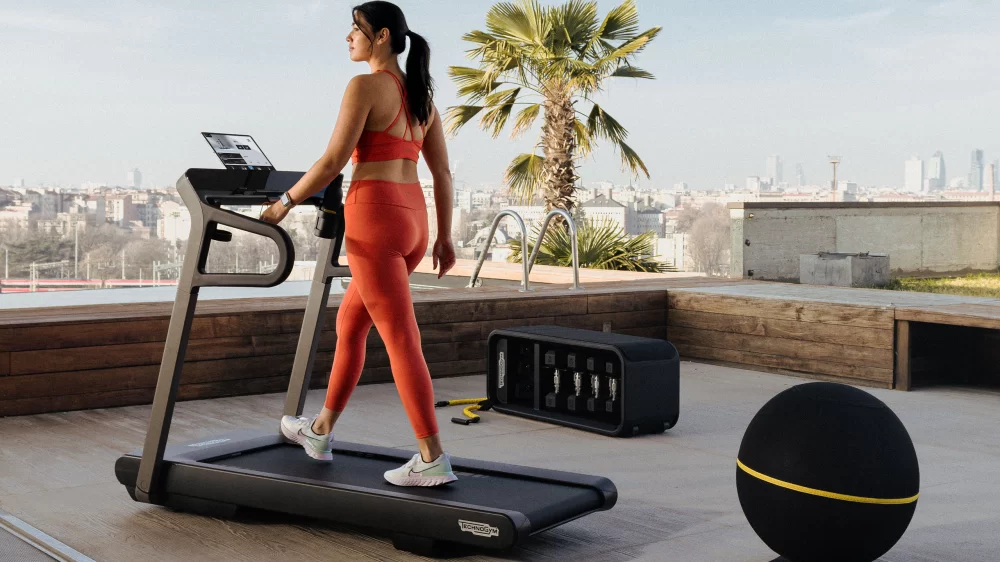
Why Home Fitness with Minimal Equipment Works
When I first started my fitness journey, I thought I needed a gym membership or expensive equipment to see results. But after months of trial and error, I realized that effective workouts can be done right at home with just a few basic items—or even none at all. The key is consistency, proper form, and choosing the right exercises.
1. The Basics of Minimal Equipment Workouts
You don’t need a full home gym to stay in shape. In fact, some of the most effective exercises rely solely on bodyweight. Push-ups, squats, lunges, and planks are classics for a reason—they work multiple muscle groups and require no equipment. If you want to add resistance, a set of resistance bands or a pair of dumbbells can go a long way.
I remember when I only had a single 10-pound dumbbell at home. At first, I doubted it would make a difference, but by adjusting my reps and tempo, I was able to challenge myself and build strength over time.
2. A Simple Yet Effective Home Workout Plan
Here’s a routine I’ve used for years that requires minimal equipment and delivers great results:
Warm-Up (5-10 minutes)
Start with dynamic stretches like arm circles, leg swings, and torso twists. A quick jog in place or jumping jacks also gets the blood flowing.
Main Workout (20-30 minutes)
- Bodyweight Squats: 3 sets of 15 reps – Great for legs and glutes.
- Push-Ups: 3 sets of 10-12 reps – Works chest, shoulders, and triceps.
- Plank: Hold for 30-60 seconds – Strengthens the core.
- Lunges: 3 sets of 10 reps per leg – Improves balance and leg strength.
- Resistance Band Rows (if available): 3 sets of 12 reps – Targets the back muscles.
Cool Down (5 minutes)
Finish with static stretches, focusing on the muscles you worked. This helps prevent soreness and improves flexibility.
3. How to Progress Without Heavy Equipment
One concern many people have is whether they can keep improving without heavy weights. The answer is yes—by manipulating variables like tempo, volume, and rest periods. For example, slowing down your squats or adding pulses can make bodyweight exercises more challenging. You can also increase reps gradually or reduce rest time between sets.
When I hit a plateau, I started incorporating single-leg variations like pistol squats (with support if needed) and elevated push-ups. These small tweaks kept my workouts fresh and effective.
4. The Mental Benefits of Home Workouts
Beyond physical gains, home fitness routines have helped me stay mentally sharp. There’s something empowering about being able to exercise anytime, without relying on a gym. On busy days, even a quick 15-minute session boosts my mood and energy levels.
A friend of mine, Sarah, shared how home workouts helped her during a stressful period. She didn’t have time for the gym, but doing short yoga and resistance band sessions at home kept her grounded and productive.
5. Must-Have Minimal Equipment for Home Fitness
While you can do a lot with just bodyweight, a few affordable tools can enhance your workouts:
- Resistance Bands: Portable and versatile for strength training.
- Jump Rope: Excellent for cardio in small spaces.
- Yoga Mat: Provides cushioning and grip for floor exercises.
- Adjustable Dumbbells: Saves space compared to multiple weights.
I started with just a yoga mat and resistance bands, and they’ve been game-changers for my home workouts.
Final Thoughts on Staying Fit at Home
Home fitness doesn’t have to be complicated or expensive. With the right approach, you can build strength, endurance, and flexibility using minimal equipment. The most important thing is to find a routine you enjoy and stick with it. Whether it’s bodyweight exercises, resistance bands, or a single dumbbell, consistency is what brings results.

